Video of the Week:
Storing and Preserving Peppers
Turfgrass:
Fall Armyworms on Turf
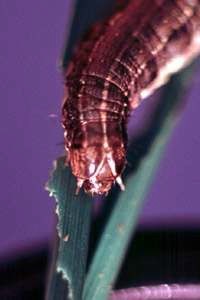
Young worms are ½ to 3/4 inch long. Mature ones are 1 ½ inches long. Body color may vary from green to almost black but light stripes will be visible along the length of the body. Look for a whitish inverted "Y" on the top of the black head. It normally takes 2 to 3 weeks to progress from egg to pupa. The adult is a moth.
Armyworm damage can resemble drought damage but close inspection of the turf will reveal the larvae. Look for active feeding during early morning or evening hours or on cloudy days. Larvae feed on foliage and the resulting dehydration
causes to turf to quickly brown. Normally, armyworm damage does not kill established turf but may if populations are high enough. Thick infestations of fall armyworm can damage turfgrass crowns which will kill turf.
Carbaryl (Sevin), acephate (Orthene, Acephate), spinosad (Conserve; Captain Jack’s Dead Bug Brew; Borer, Bagworm, Leafminer and Tent Caterpillar Spray) and other insecticides are effective caterpillar killers. Treat in late afternoon, when the caterpillars are likely to begin feeding. Do not mow for 3 days after treatment. (Ward Upham)
Fruit:
Fruit Planting Preparation
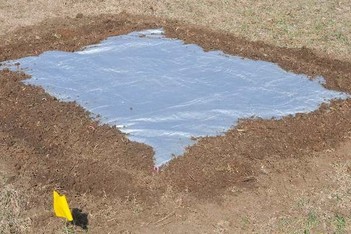
If there are only a few plants to be planted, consider tarping each planting area to guard against a wet spring, delaying planting after plants are shipped and received.
Also, fruit tree planting can be done in the fall but plants may need to be watered during the winter if the weather is warm and dry. (Ward Upham)
Flowers:
Fertilize Spring Flowering Bulbs
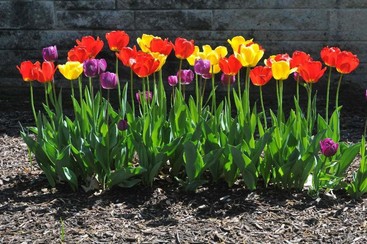
If there is difficulty in determining exactly where the bulbs are planted due to the lack of foliage, fertilizing in the spring rather than the fall is acceptable. However, it is important that the plants are fertilized when the foliage first shows. Waiting until the bulbs are flowering is too late as the roots have already begun to shut down. (Ward Upham)
Ornamentals:
Preventing Sunscald on Thin-Barked Trees
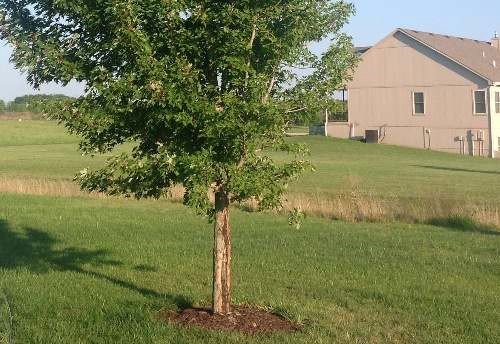
Trees often recover but need TLC — especially watering during dry weather. Applying a light- colored tree wrap from the ground to the start of the first branches can protect recently planted trees. This should be done in October to November and removed the following March. Failure to remove the tree wrap in the spring can prove detrimental to the tree. (Ward Upham)
Questions on Ornamental Grass
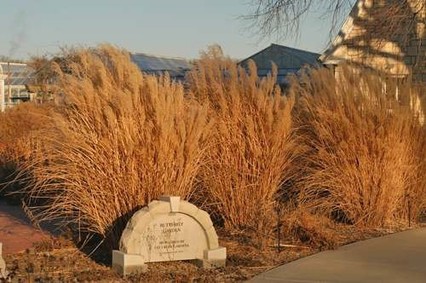
Another question we often receive is whether we can divide ornamental grasses in the fall. Spring is the preferred time because divisions done in the fall may not root well enough to survive the winter. (Ward Upham)
Miscellaneous:
Garlic Planting Time
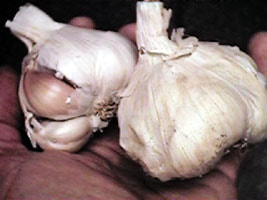
Contributors: Ward Upham, Extension Associate
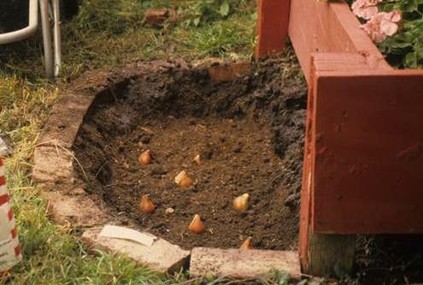
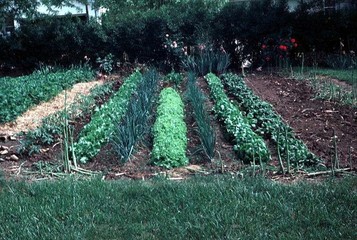
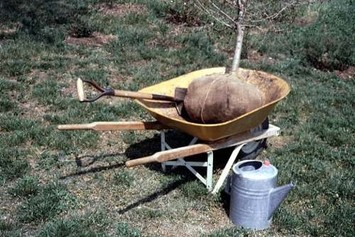
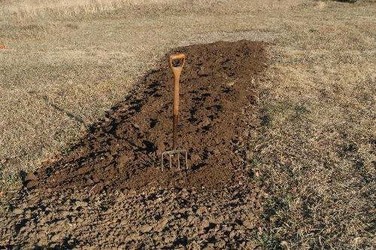
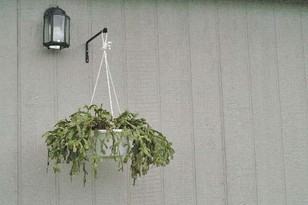
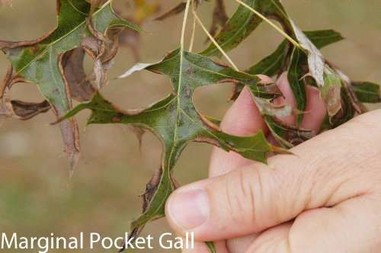
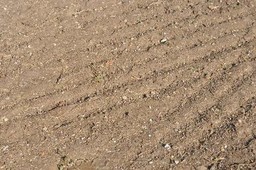
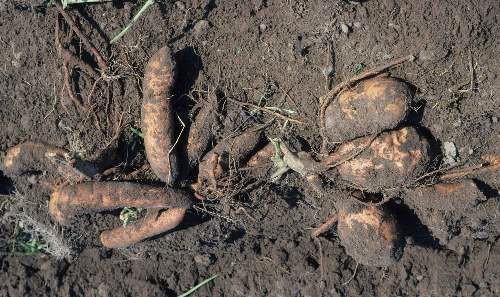
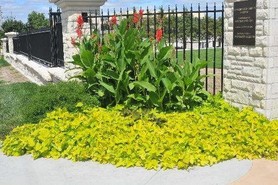
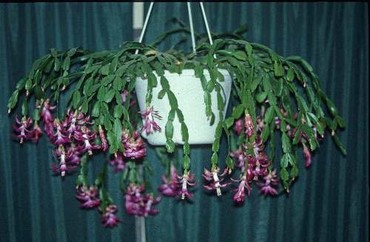
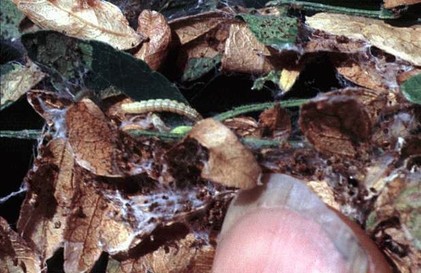
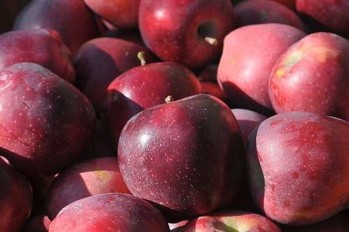
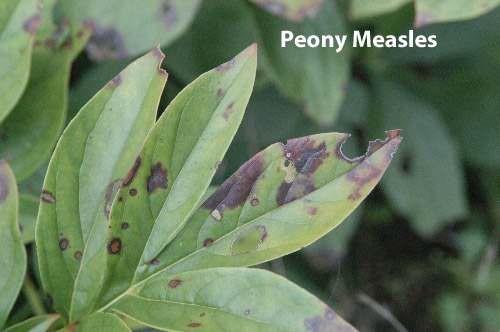
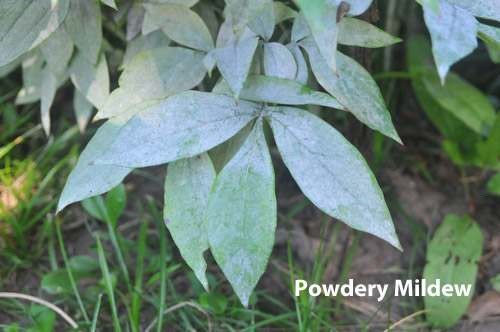
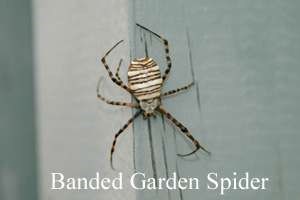
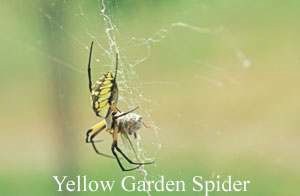
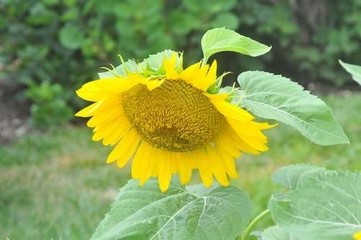
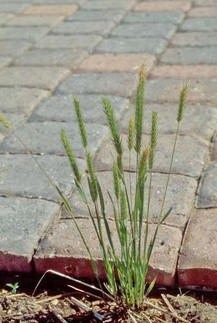
 RSS Feed
RSS Feed
